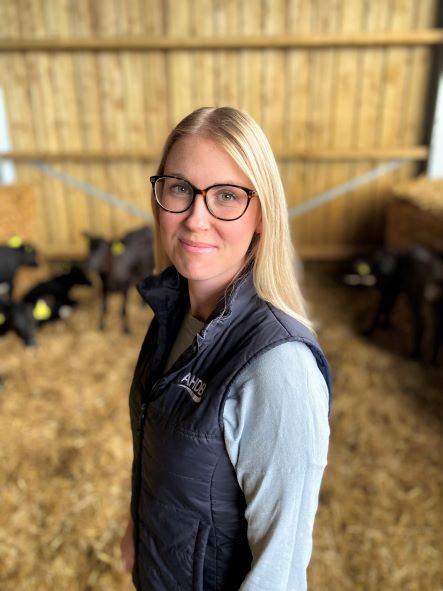Herbal leys and their place in a resilient dairy system
Thursday, 25 May 2023
Maintaining cow milking performance while eliminating the need for artificial fertiliser over four years and promoting healthy autumn forage wedges are just some of the benefits Cornish dairy farmer Andrew Brewer has experienced while grazing herbal leys.
We spoke to Andrew about his work as part of the Farm Net Zero Programme in Cornwall at an Innovative Farmers Field Lab aimed at recruiting more farmers to a new trial looking at ‘How milk yield is impacted by grazing herbal leys’.
Multispecies swards are increasing in popularity, with some seed companies reporting five-fold increases in seed sales over the last three years.
More farmers are integrating them into their rotations with support from numerous agri-environment schemes.
But there is so much more to herbal leys than a subsidy payment. Their diversity in species, rooting depth, mineral exchange properties, carbon storage potential and resilience in the summer grazing period are just some of the benefits they can offer farmers.
Andrew and his wife Claire farm 1,000 acres near Fraddon, and herbal leys now make up about 30% of his grazing area.
The herd is made up of 500 autumn-calving crossbred cows, with two trial groups created. One group is grazed on a mixed species sward, and the other, a control group, is grazed on a ryegrass/clover ley.
Milk yields and constituents were closely monitored, with Andrew noting that fat and protein percentage was lower in the herbal ley group, but overall his yield on milk solids was higher due to increased volume yield.
Andrew is excited about the potential recruitment of new trial farms and the involvement of the University of Bristol’s Dr Daniel Enriquez-Hidalgo, as it adds further scientific rigour to an interesting project.
The herbal leys were slower to respond in the spring, with flattened peak at this time of year and clovers and chicory coming into their own in the hotter summer months.
Consequently, Andrew benefitted from a reasonably steady growth curve, allowing more of a wedge to be built up as the autumn approached.
Andrew has not used artificial fertiliser for four years and is able to rely on the farm’s own slurry and some local digestate for any establishment nutrient requirement or post-silage application.
This facilitated a significant reduction in costs due to the reduced inputs but with no reduction in cow performance or overall forage production.
Hannah Jones from Farm Carbon Toolkit highlighted the species composition of a herbal ley will naturally change throughout the grazing period, with the grasses heading earlier in the season, clovers becoming more dominant in the summer, and plantains and chicory producing well into the autumn.
She went on to explain that species selection in the seed mix can greatly affect how it performs on your farm, so make sure to choose a mix that suits your soil type.
Heading dates are also important; mixes with perennial ryegrasses in them will last longer than ones with Italian ryegrasses.
See AHDB's Recommended Grass and Clover List for more.
Fellow Cornish dairy farmer Phil Kent, who hosted the meeting, also spoke of the resilience herbal leys have added to his system.
Phil milks 300 cows in an autumn block system near Port Isaac, supplying Saputo, and every summer the area burns up.
Being a dry coastal farm with only 33 inches of rainfall, he feels a diverse sward is key to grazing resilience allowing his cows to continue to graze during those dry summer periods.
He favours autumn reseeds over spring to allow a better chance of establishment due to more soil moisture availability.
Further information
Find out more about herbal leys


